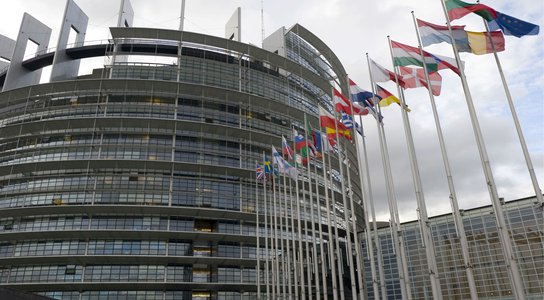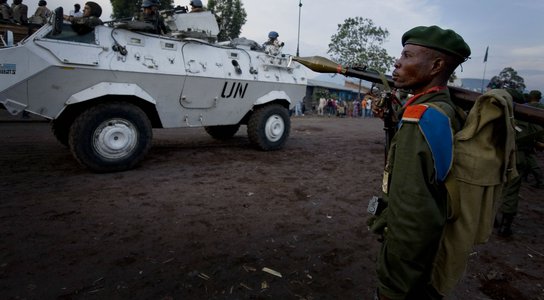Arguably the most serious rebellion to hit eastern Congo in over two decades came to an end in late 2013, as Congolese army troops, supported by a new United Nations ‘Intervention Brigade’, defeated the M23 rebel group. M23 appeared in April 2012 and, over the next twenty months, swept through swathes of North Kivu province and even briefly occupied Goma, the sprawling provincial capital.
Eventually a split between two of M23’s leaders led to in-fighting and a division of its 1,500 troops. Most of the leaders and foot soldiers eventually fled into neighbouring Rwanda or Uganda. A process of repatriation is still under way. The notorious leader, Bosco Ntaganda, surprised observers by giving himself up for transfer to the International Criminal Court in March 2013.
More recently the Ugandan rebel group ADF-NALU was blamed for a series of brutal massacres of Congolese civilians in North Kivu, where they have been based since being chased from Uganda in the mid-2000s. In 2014 the Congolese government and UN discussed the launch of long-overdue operations against the remnants of the Rwandan FDLR rebels.
The FDLR are blamed for the 1994 Rwandan genocide and have terrorised eastern Congo since fleeing Rwanda when current President Paul Kagame came to power. Operations were said to be beginning in early 2015, although the UN is withholding its support in protest at the human rights records of two Congolese generals in charge of the mission.
According to research released in 2014 by IPIS, a Belgian research institute, over half of Congolese miners work in mines where armed groups are present. The groups, which include elements of the Congolese army, Raïa Mutomboki, and Mai-Mai Sheka, profit from illegal taxation, digging for minerals or forced labour.
The cyclical wars in eastern Congo have had a devastating effect on the population. Many of the foreign and domestic armed groups in the region carry out brutal attacks on civilians as a show of strength and power. Even in the absence of direct violence, the regular outbursts of fighting between rebels and government troops force families to flee their homes. The M23 war created as many as 800,000 internally displaced people, according to some estimates.
Many of these people were fleeing refugee camps which had filled up in previous conflicts; they had not had time to return home before the next battle began. The constant chaos has hindered development and the region is bereft of roads, schools, hospitals and basic necessities like adequate housing. While the fighting continues, the prospects for money from natural resources lifting the local population out of dire poverty grow dimmer.
Sign the petition
Help tackle the deadly trade in conflict minerals, often sourced in extreme conditions of exploitation, violence and modern slavery
You might also like
-
Briefing Conflict Minerals in Europe
After years of campaigning by Global Witness and civil society partners the EU has reached a political understanding on a new law intended to break the links between the minerals trade, conflict and human rights abuses.
-
Report Faced With a Gun, What Can You Do?
Global Witness uncovers foreign companies’ links to Congo violence.
-
Report Coming Clean
Renewed violence in eastern Congo underscores the urgent need for companies and governments to clean up Congo’s minerals trade.